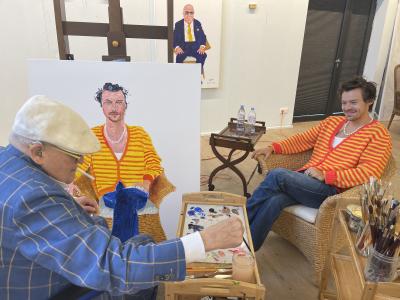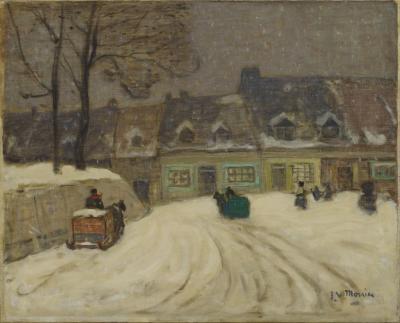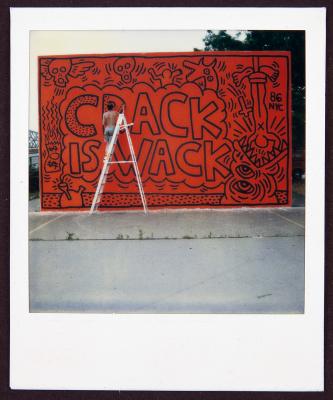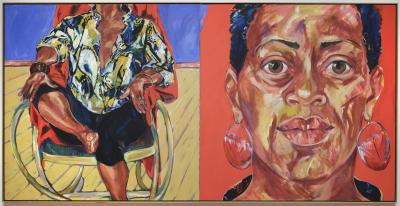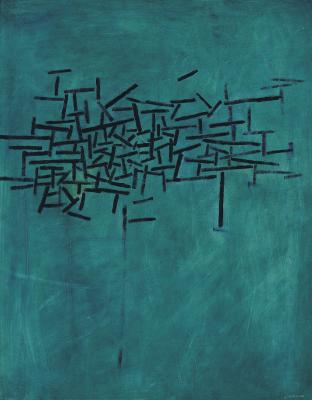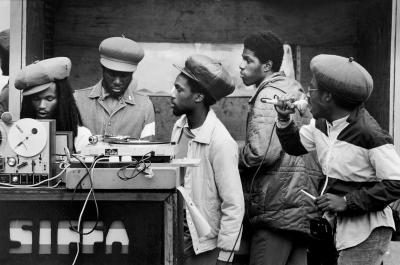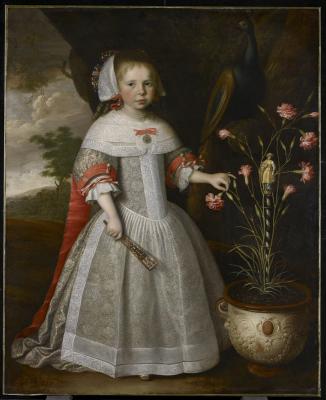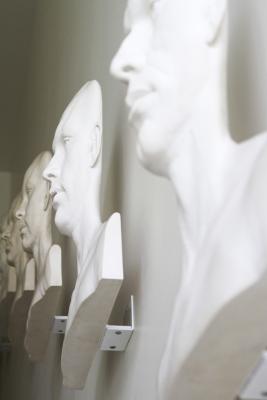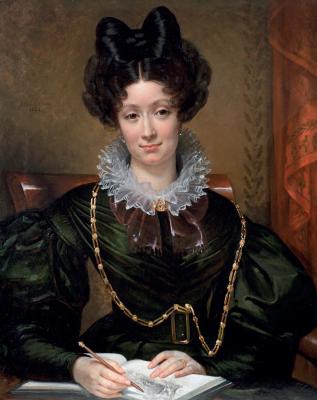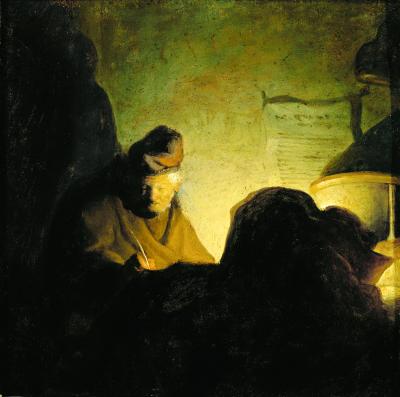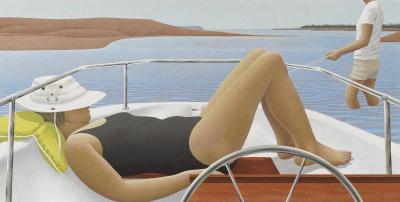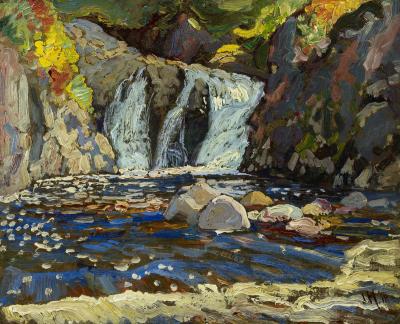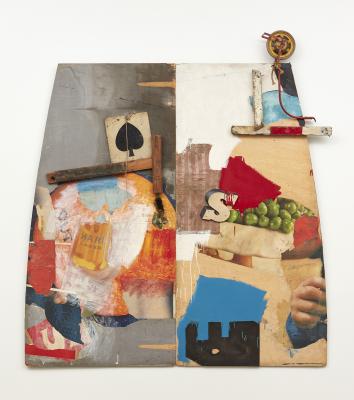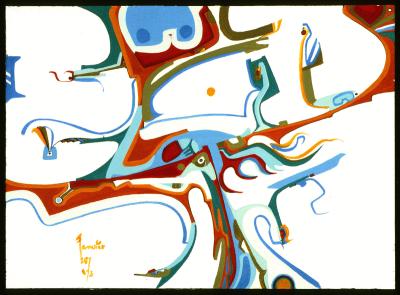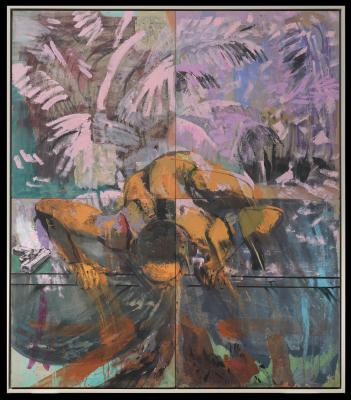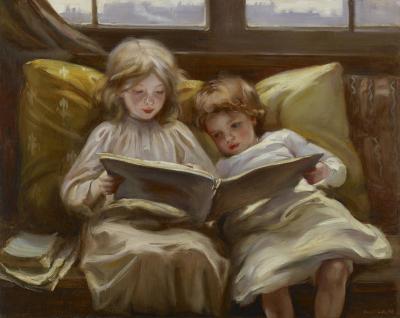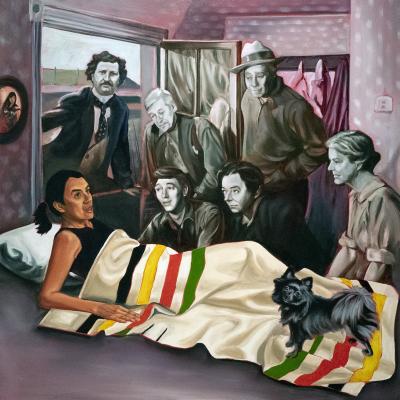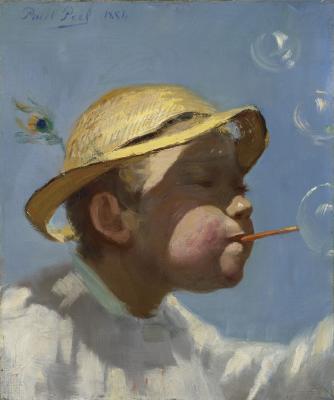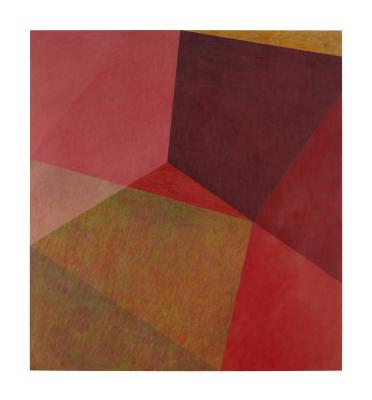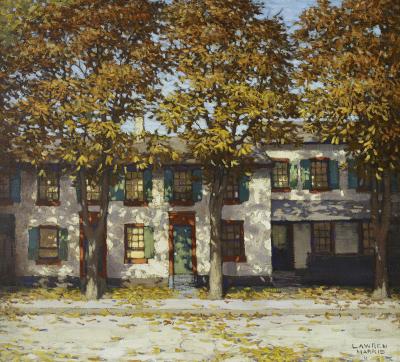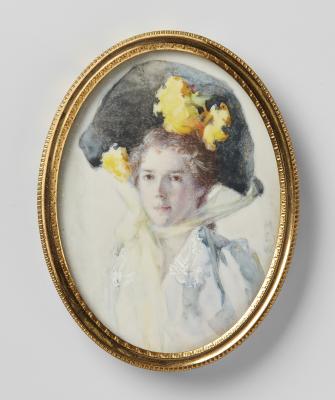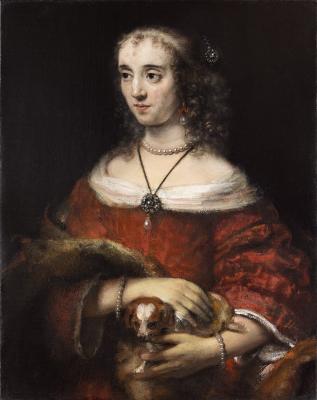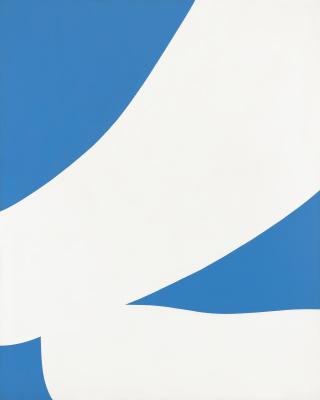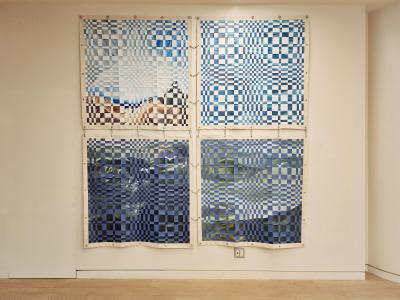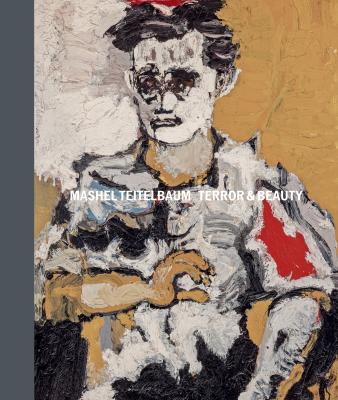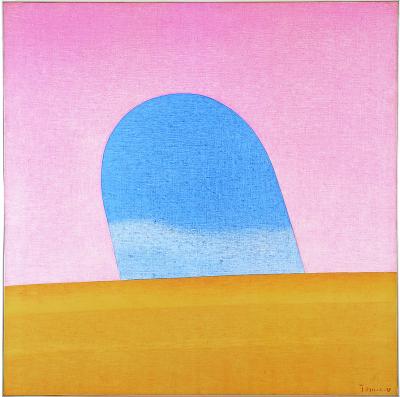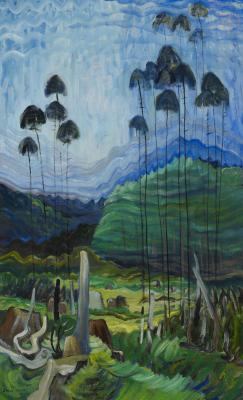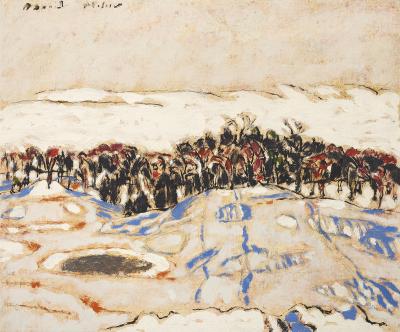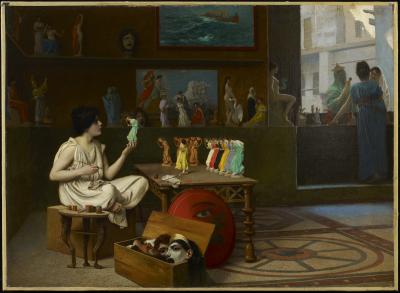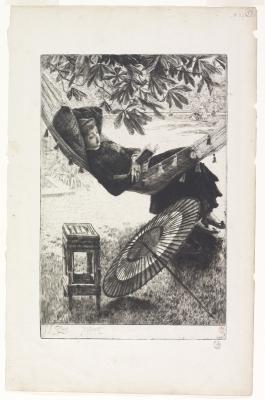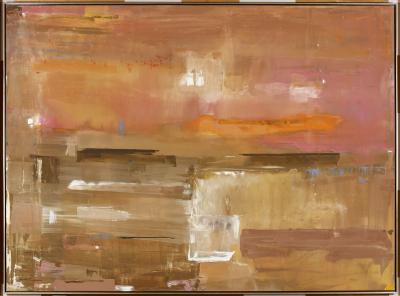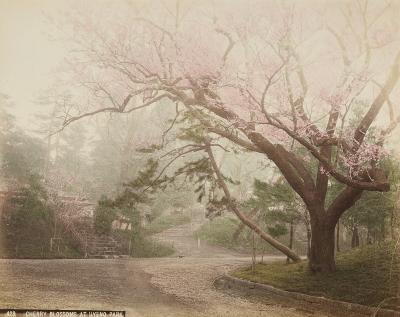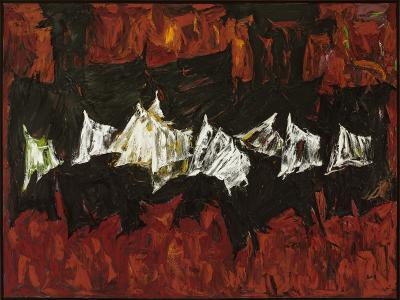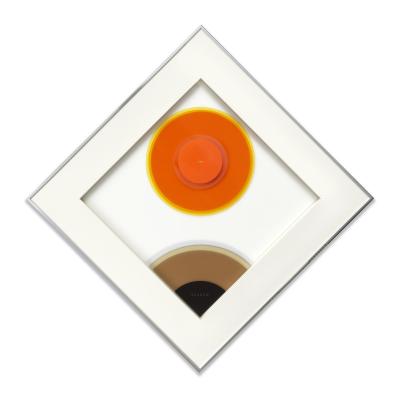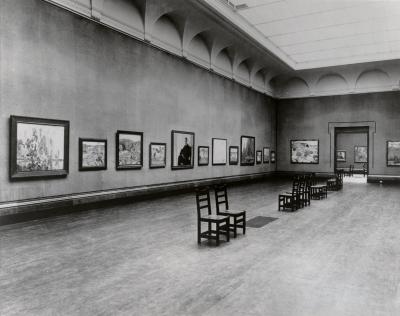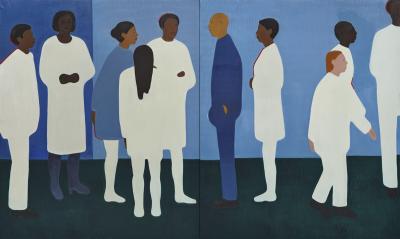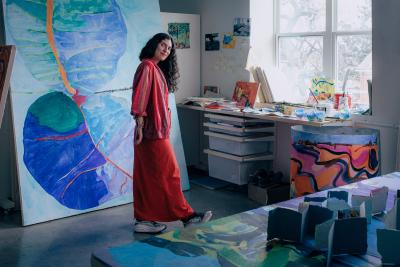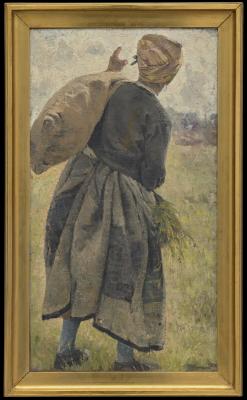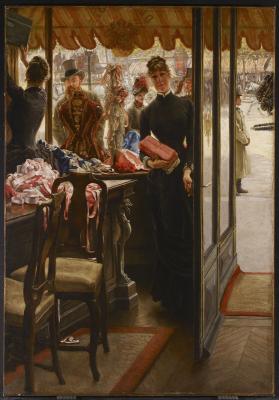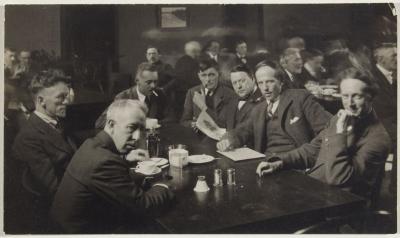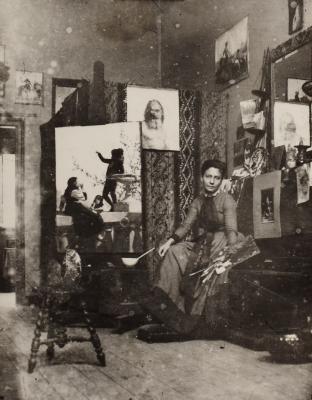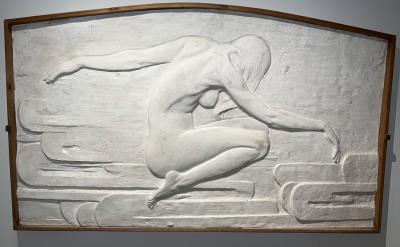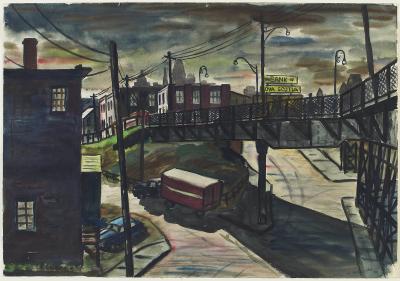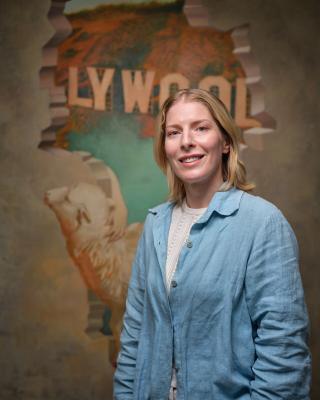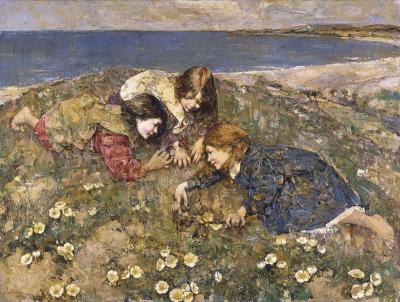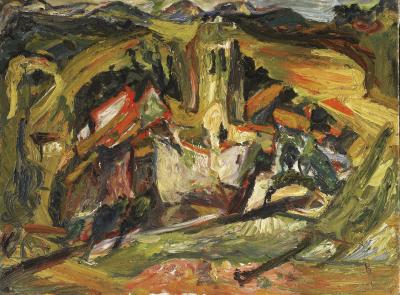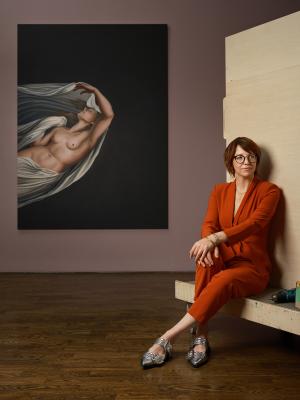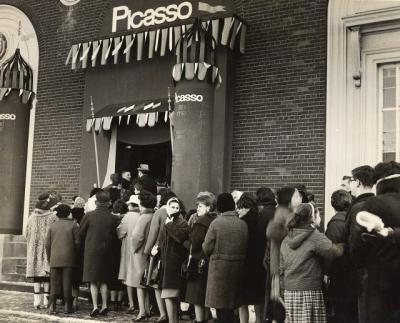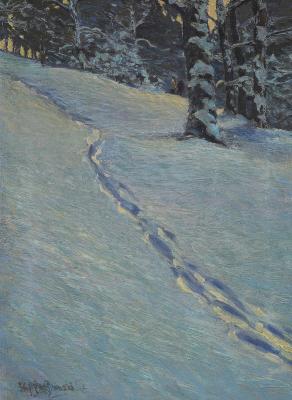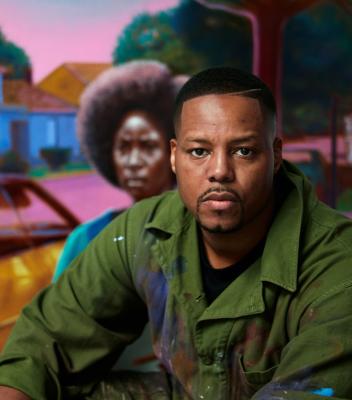Rosalie Favell’s take on The Wizard of Oz
Learn more about how the artist explores her Métis heritage by reimagining of The Wizard of Oz
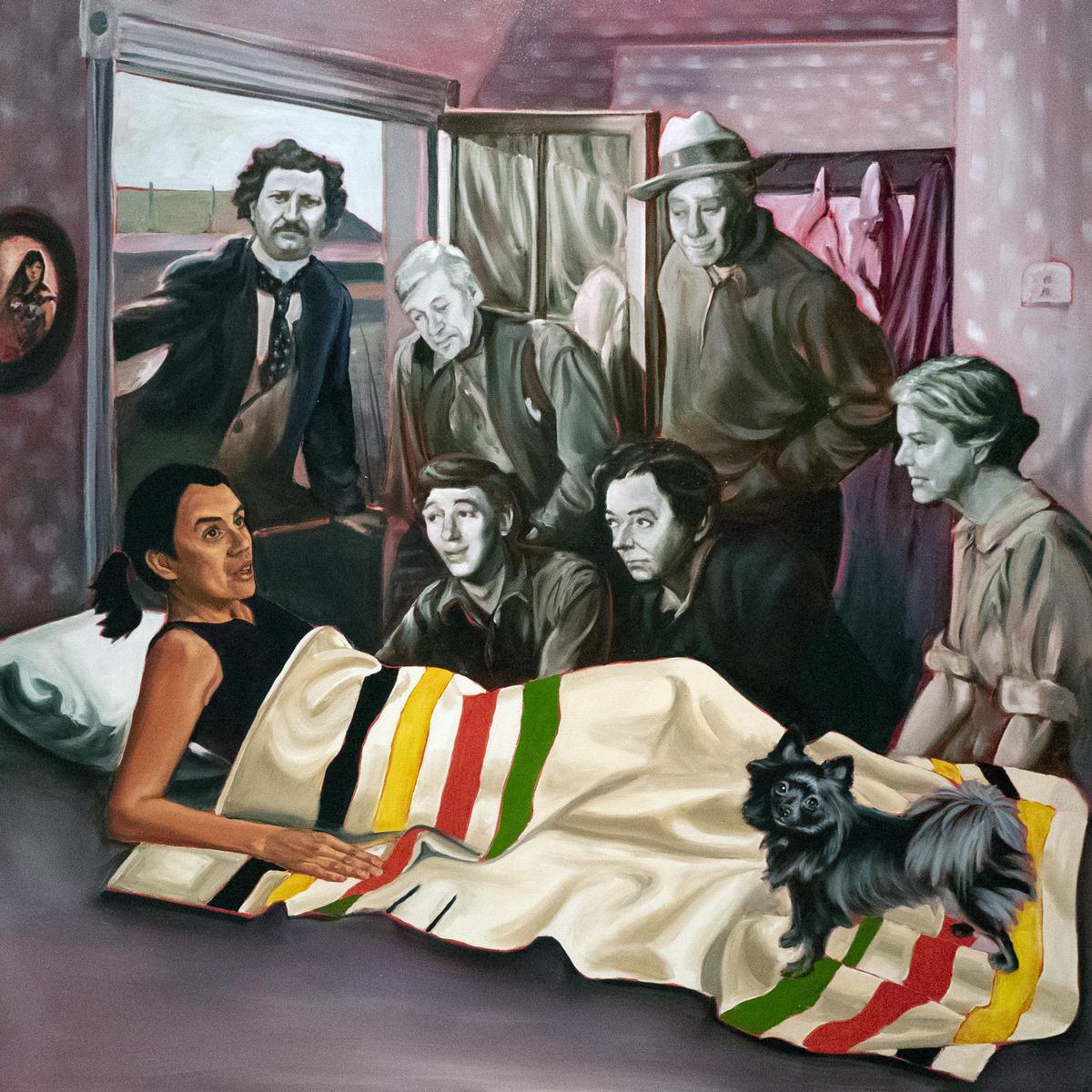
Rosalie Favell. I awoke to find my spirit had returned, 2018. oil on linen, Overall: 121.9 × 121.9 cm. Courtesy of the artist. © Rosalie Favell.
In Rosalie Favell’s painted reimagining of The Wizard of Oz, Dorothy is definitely not in Kansas — she's in Winnipeg and she looks a little different than you might remember.
Following her solo AGO exhibition Portraits of Desire, which closed earlier in 2024, the AGO acquired six works by the Métis artist, including I awoke to find my spirit returned (2018), currently on view on Level 2 of the AGO in the J.S. McLean Centre for Indigenous + Canadian Art.
Favell is known for her diaristic photography, collages, and paintings that explore her identity through pop culture and family heirlooms. In I awoke to find my spirit returned, Favell recreates the ending to The Wizard of Oz to reflect her Métis heritage.
This painting is a recreation of an earlier photographic work of the same name that Favell created in 1999. From 2018 to 2019, Favell painted a selection of works from her previous series Plain(s) Warrior Artist (1999-2003). Favell’s choice to revisit I awoke to find my spirit returned stemmed from an off-the-cuff decision: “I just wanted to see if I could paint,” she shared with Foyer during an interview for her past AGO exhibition.
After taking painting courses at a community centre, Favell found that painting her previous works added a new dimension to them.
“Photographs don’t last forever, so issues of mortality and wanting things to last longer coupled with learning to, and enjoying painting,” she explained. “When you paint, you spend time with the subject and I love these images, so I wanted to honour them and ultimately give them more attention.”
In her previous series, Longing and Belonging (1999), Favell placed images of the strong women in her life alongside images of warrior women from pop culture to illustrate their heroism. In Plain(s) Warrior Artist, Favell becomes her hero, photoshopping herself as various protagonists from various shows and movies, such as Xena from Xena Warrior Princess, Captain Kathryn Janeway from Star Trek Voyager, and Dorothy from The Wizard of Oz.
For Favell, it was a natural decision to use pop culture to explore her Métis identity.
“I live in pop culture. You look for identity out there in the media. When I saw the television show Xena Warrior Princess, it was the first time I saw who I wanted to be, and I think that’s common with TV and movies whether you do it consciously or not — who are you in that movie?”
Instead of returning home to Kansas after an adventure in the Land of Oz, in I awoke to find my spirit returned, Favell wakes up in place of Dorothy. She lays in bed, wrapped in a Hudson’s Bay Company blanket as a nod to her Cree and British heritage and specifically her British ancestors who worked for the Hudson’s Bay Company. Instead of Toto joining Favell, on her bed is her dog Lucy, an addition to the painted version of this work that furthers Favell’s diaristic style. Like the movie, Auntie Em, Uncle Henry, and the farmhands (the Cowardly Lion, Scarecrow, and Tinman in the Land of Oz) surround Favell as she awakes.
Métis political leader Louis Riel peeks his head through the window in place of the Wizard of Oz/Professor Marvel. Favell’s idea to recreate Dorothy’s homecoming was inspired by the famous Riel quote: “My people will sleep for one hundred years, but when they awake, it will be the artists who give them their spirit back.” Relating to Dorothy’s desire to return home, Favell uses this iconic pop culture scene to illustrate Riel’s words, sharing that “Riel as prophet or Wizard of Oz is telling us that everything that we need is right inside of us, that all roads lead to home, that being true to our people is the way to recover our pride, our self-respect.”
Discover a new perspective on The Wizard of Oz by visiting Rosalie Favell’s I awoke to find my spirit returned on Level 2 of the AGO in the Wilder Gallery (gallery 228), located in the J.S. McLean Centre for Indigenous + Canadian Art.
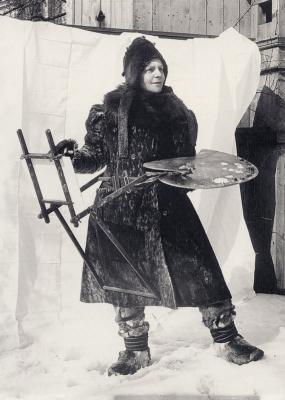
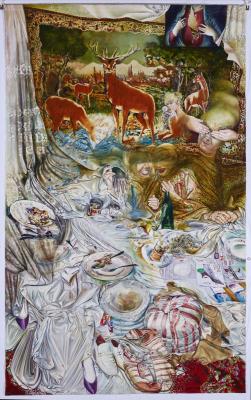
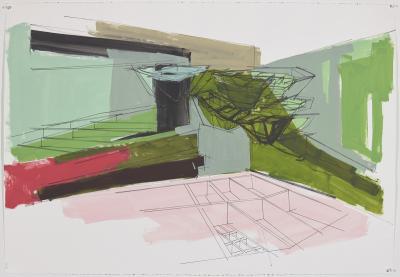

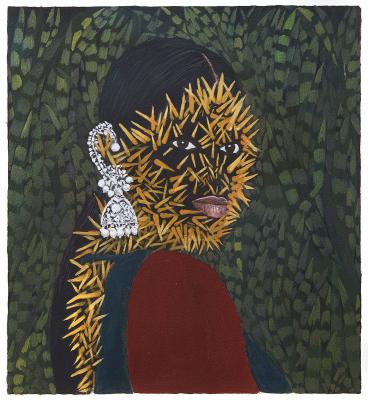

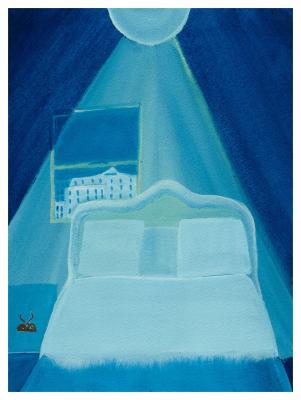
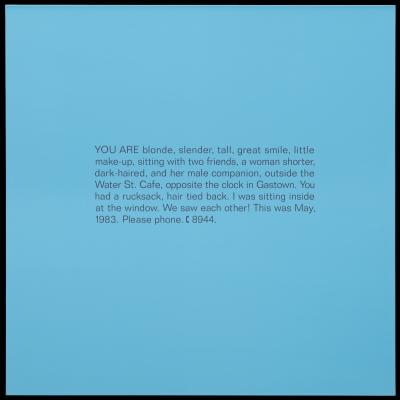
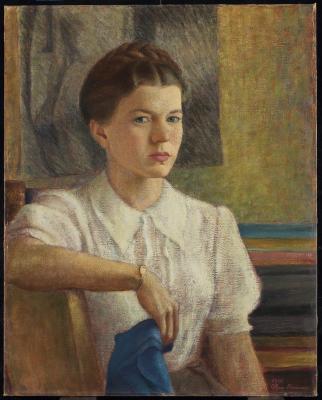
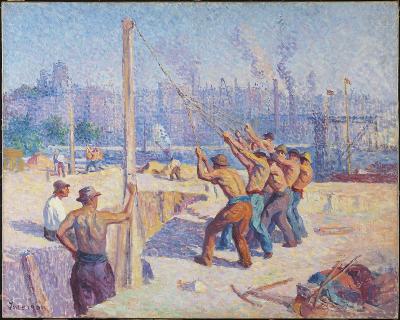
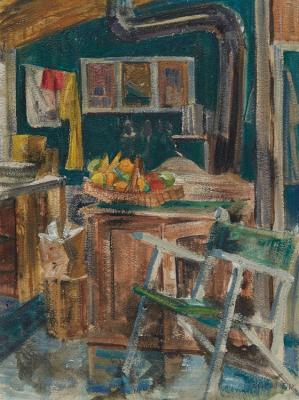
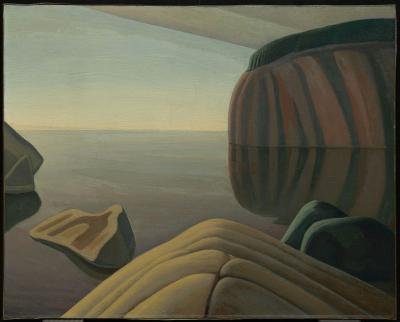
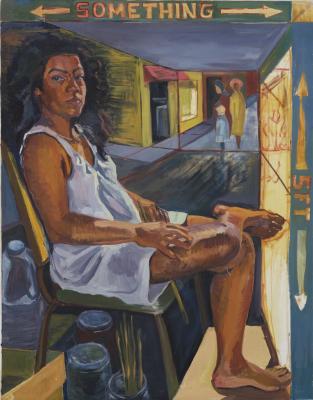
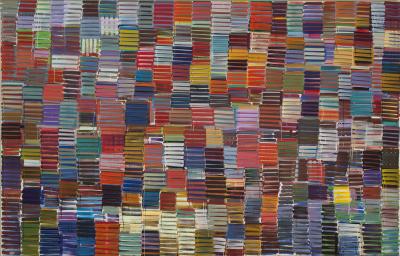

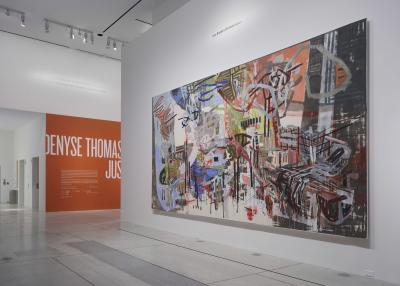
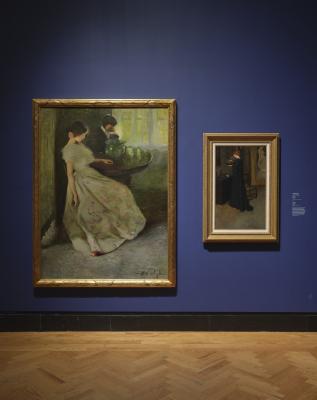
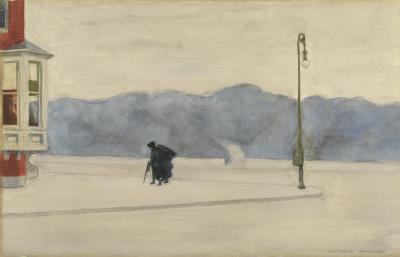
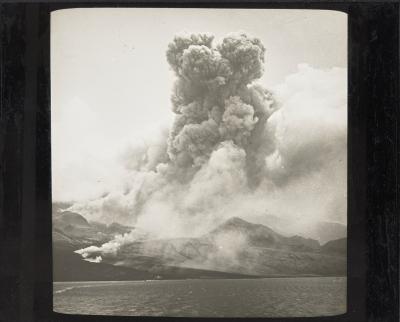
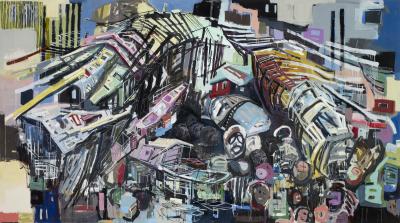
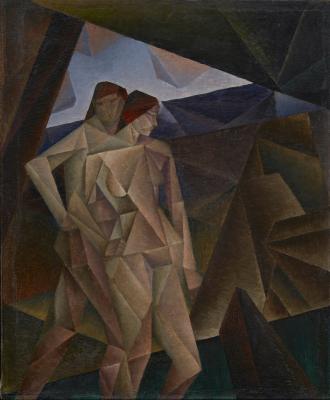
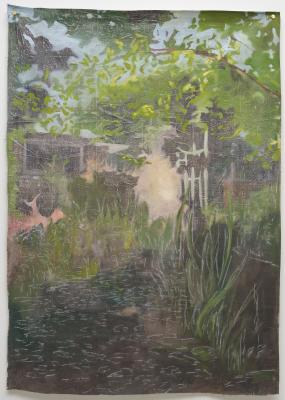
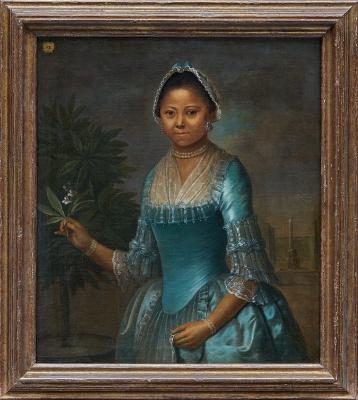

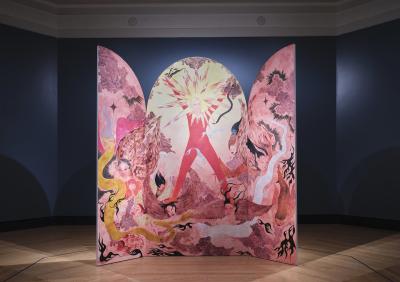
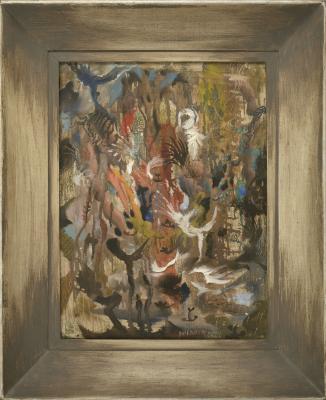
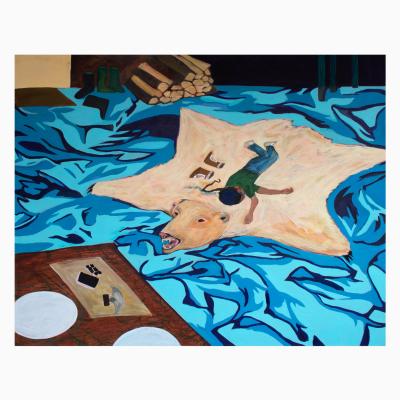
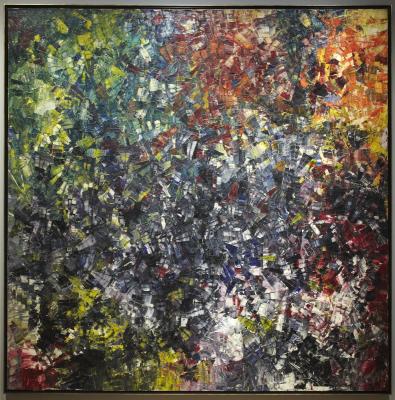
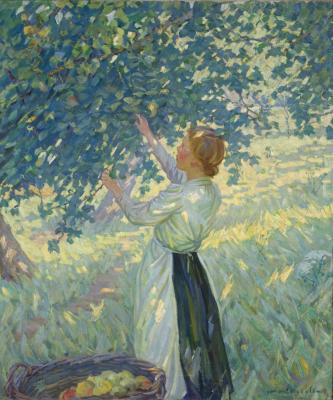
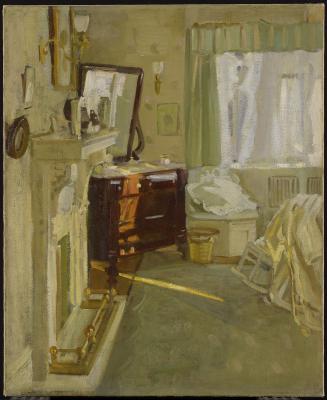
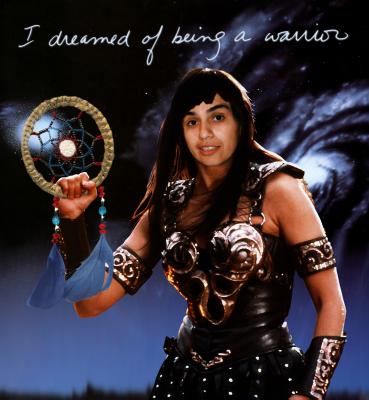
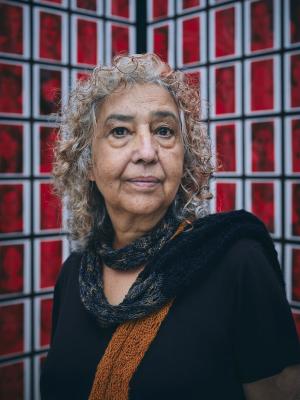
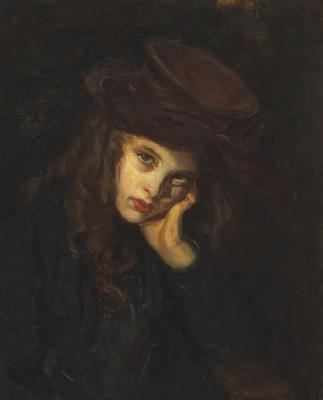
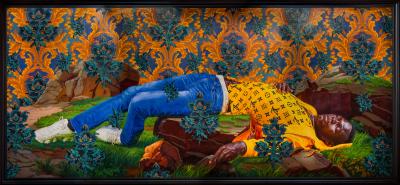

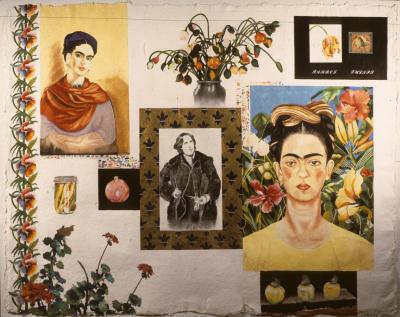
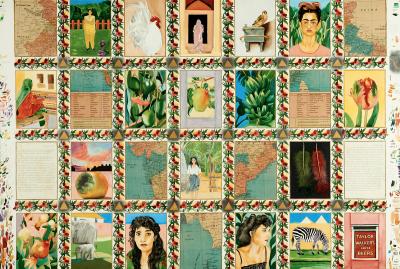
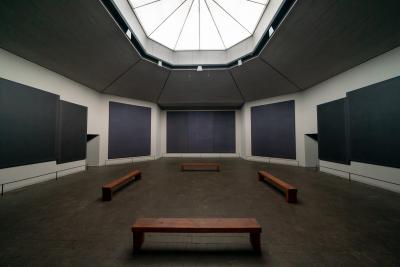
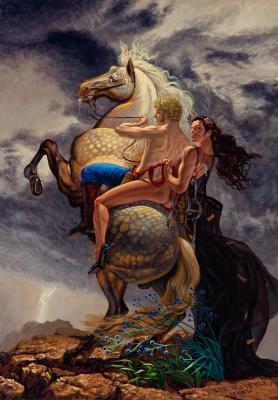
![Keith Haring in a Top Hat [Self-Portrait], (1989)](/sites/default/files/styles/image_small/public/2023-11/KHA-1626_representation_19435_original-Web%20and%20Standard%20PowerPoint.jpg?itok=MJgd2FZP)
